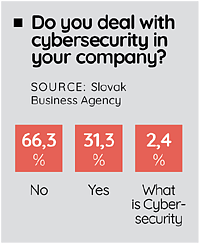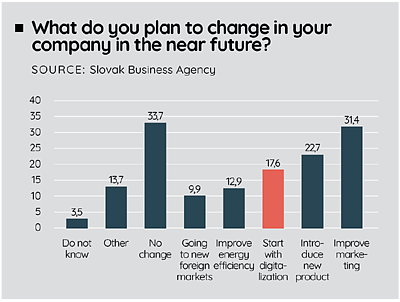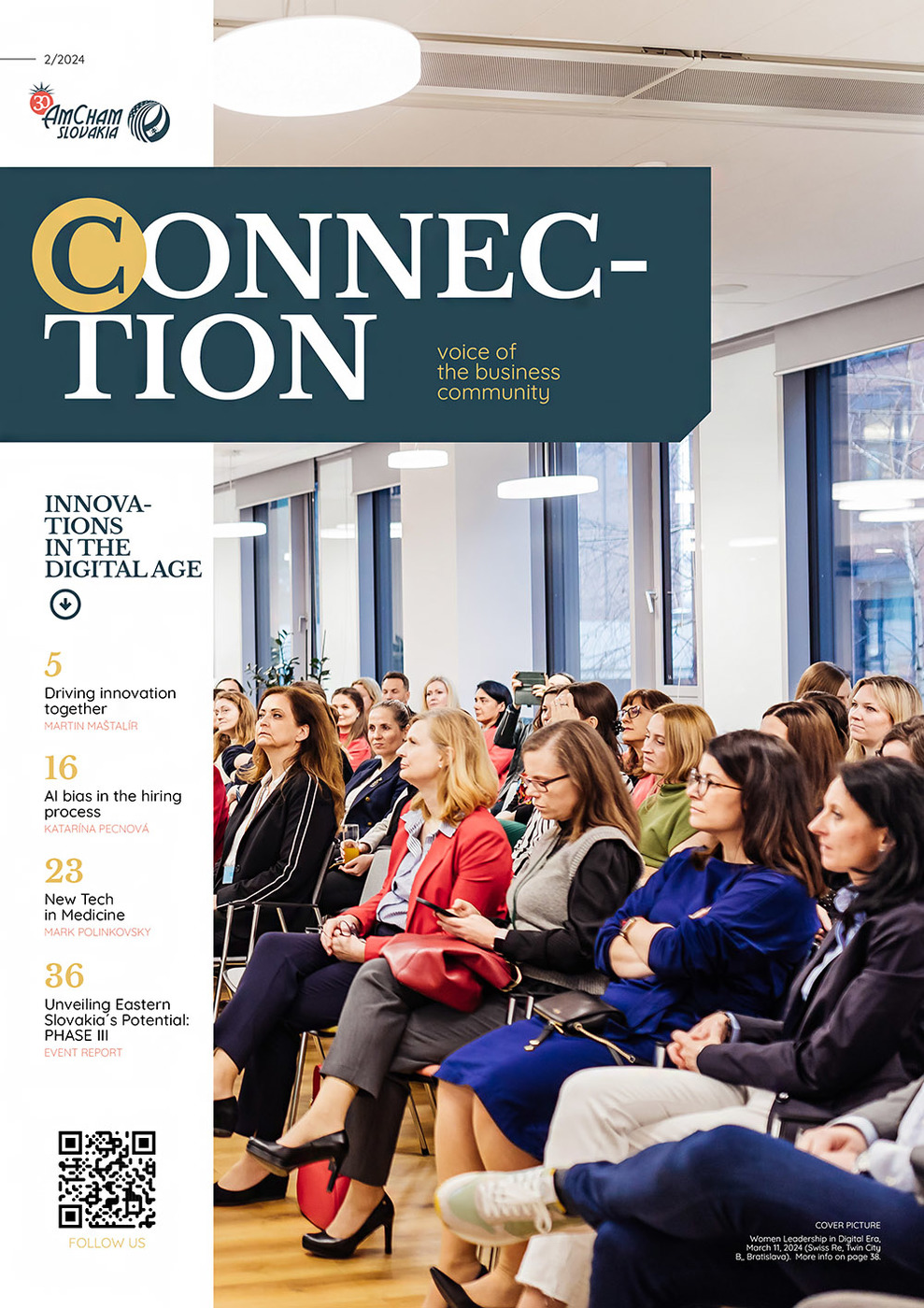There’s no need to extensively dwell on international comparisons between Slovakia and other developed nations; the situation mirrors that of various charts. We are not among the leaders neither in innovation nor digitalization (Slovakia ranks 23rd out of 27 EU Member States in the 2022 edition of the DESI Index, measuring digitalization levels). However, this isn’t necessarily discouraging. An optimist would say it presents a big challenge for Slovakia to make a significant jump forward and reach leading positions in the future. We can check it in several years. For example, through evaluations of the Recovery and Resilience Plan’s implementation.
From an external perspective, the primary action related to innovation in recent years appears to have been the diffusion of responsibilities from the Ministry of Economy to other governmental bodies (e.g., the Office of Government). Consequently, it’s become increasingly challenging to identify who is currently in charge of innovations or the leader of the agenda.
The digitalization agenda seems to be in a similar situation. Who is at the helm? Which ministry or entity should ordinary small companies approach for support? If one were to search for an exhaustive list of valid state aid schemes or calls for proposals supporting small and medium-sized enterprises (SMEs), the results might prove elusive.
What about a “wake-up call” enlightening SMEs about the significance of digitalization and related cybersecurity? Bear in mind that the majority of Slovak SMEs are micro companies (97.5%) lacking specialized IT departments, knowledge, experience, or awareness regarding the importance of digitalization. Nonetheless, they must undergo some form of transformation (more or less extensive) to remain competitive and meet the demands of the 21st century.
The readiness of small companies to embrace the digital agenda can be illustrated by the 2022 survey on cybersecurity, a closely related topic, conducted by the Slovak Business Agency in collaboration with the National Security Authority. More than 66% of SMEs do not deal with cybersecurity at all. 62% of SMEs invest less than 1% of their budgets into cybersecurity issues. Furthermore, less than 1% of SMEs express satisfaction with the government’s information dissemination efforts in this domain.
Despite this concerning state of cybersecurity preparedness, there’s a clear intent among small and medium-sized enterprises to take action. Let’s delve into this further.
The same cybersecurity survey reveals that SMEs would welcome governmental support in tackling the digitalization challenge: 37% would favor vouchers as a form of assistance, 34% would appreciate informational activities from the government, and 32% would value mentoring, among other forms of support.
 Another 2023 survey by the Slovak Business Agency on the quality of the business environment indicates that approximately 17% of SMEs plan to integrate digitalization into their operations as a future endeavor.
Another 2023 survey by the Slovak Business Agency on the quality of the business environment indicates that approximately 17% of SMEs plan to integrate digitalization into their operations as a future endeavor.
Similarly, a 2023 survey targeting young entrepreneurs (aged 18-39) highlights the intention of a certain segment of small companies (11%) to prioritize increasing their level of innovation and digitalization in the coming year.
While these figures may not be breathtaking, they signify a solid foundation of companies aware of the importance of digitalization. This “starting package” of SMEs could be expanded or reinforced through a few straightforward actions, as outlined below:
- Launch a campaign targeting those who remain unaware or have limited understanding of the digital era’s demands. The objective is to explain, in simple terms, the opportunities presented by the digital economy and the tools available for conducting business in this landscape.
- Provide indirect support to SME newcomers with minimal or no digital presence, in the form of advisory services for employees or management/owners to grasp their company’s specific digital needs.
- Offer aid through vouchers to SME novices with a basic level of digital presence, facilitating the procurement and implementation of digital tools and solutions.
There potentially exists a large cohort of SMEs in need of assistance. Considering the figures presented in the DESI index (Digital Economy and Society Index) by the European Commission, where only 43% of SMEs possess at least a basic level of digital intensity, it’s evident that significant investment is required in this realm.
Naturally, these proposed tools and actions can be tailored, expanded, or refined according to government priorities and the target group of companies—whether those with limited digital intensity, advanced intensity, or both.
So, if anyone knows where the funds are, adopting this approach, as seen in other countries such as Estonia or Finland, may be a good idea.

Marián Letovanec, Director of the National and International Programmes Section, Slovak Business Agency



Follow us